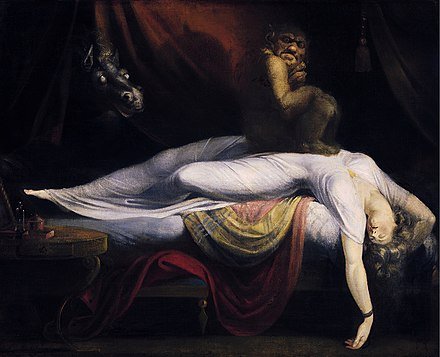The Soul of Frankenstein: Designing Life
Prometheus was ordered to eat the heat of his emotions after gifting fire to the masses. It was an endless cycle. That fire was technology, innovation or knowledge. Chinese medicine proposes that the liver contains the soul because it controls emotions. In Ayurveda, the liver is the seat of anger and resentment.
“You can exist without your soul, you know, as long as your brain and heart are still working. But you’ll have no sense of self anymore, no memory, no…anything. There’s no chance at all of recovery. You’ll just—exist. As an empty shell. And your soul is gone forever…lost.”
Frankenstein or The Modern Prometheus by Mary Shelley (1818) dances with love, loss and the soul. Through grief and impassioned curiosity, Dr. Victor Frankenstein invited innovation to remedy his pain and annihilate death. Though the doctor is initially turned off to science after seeing how it could destroy life, he reconsiders due to the desperation of recovering lost love. But his Creature ultimately resides in the agony of solitude. This sentiment percolates into Victor’s life and his beloved Elizabeth becomes the next experiment. Appendage by appendage, sewn together like electrified Raggedy Anne and Andy. But his creations did not provide reciprocal adoration. Without their souls to add, Frankenstein did not reproduce love, rather only uncontrollable monsters.
Centuries after Shelley wrote her sci-fi story, society remains invested in innovations that defraud death. Barbara Streisand had her dead dog cloned, right? Just as a rotting liver eats away at the life once there, the emotional toll of loss overwhelms the mind, body, and spirit.
“I have inherited nothing but a fire in my soul.”
The soul, or atman, is the essence of a person, their moral and emotional distinction. It is not defined by a transitory body- its organs, limbs or flesh. Re-creation of a being with exactitude is unattainable despite putting together the requisite parts. Ideologically, the soul releases with fire, yielding reincarnation. The reincarnate uses one soul in different forms throughout several life cycles. Creating and meeting its karma.
Negative consequences on humanity from advancements in STEM rarely overshadow the immediate gratification of those innovations. Ethical considerations are consistently an afterthought. Crispr or its next-gen upgrade will deliver designer babies. Granting the power to create the ideal human is inevitable. Today sperm banks choose suitable DNA, IVF tanks choose genders, and money banks choose surrogates. Choosing parts and pieces to serve idealism is a supply-and-demand situation. But, it does not produce unconditional or immortal love.
So, where do doctors, scientists and their customers cross the line to endanger their soul?
Like Victor Frankenstein, some medical doctors and scientists try to solve the afflictions that cause them grief. It is also their humanitarian responsibility- restructuring a soldier’s face with the advent of plastic surgery, performing complex computations with the Lovelace-Babbage computers. These essential innovations have developed into nose jobs to feign perfection, and yacht IG posts to imply wealth. Supply. And. Demand.
Bottom Line
Obviously, a human being is not a machanoid for another’s desire to love and be loved. The soul has been theorized to be in the brain parenchyma by Galen or in the heart by Aristotle. Victor’s method was to insert a brain of a genius professor and attach the most physically attractive parts. But, the results were a mess because those parts were arbitrary to the soul. In the same way, the quest for perfection through innovations often creates monsters. Realizing the consequences of our actions before it is too late to reverse the destruction is rare. We are only conquering the death of the soul.










Step aside, straight lines and cerebral detachment- Pat Steir isn’t here for minimalist politeness. ransformation is a mechanism that came to mind. When Steir first painted directly on gallery walls in 1975, she shattered the boundary between artwork and spectator, insisting that immersion is the purest form of perception.